It looks like you're using an Ad Blocker.
Please white-list or disable AboveTopSecret.com in your ad-blocking tool.
Thank you.
Some features of ATS will be disabled while you continue to use an ad-blocker.
7
share:
The detection of potential habitable exoplanets is pacing up. There are now six including the debated Gliese 581g, most of them detected just in the
last year.
There are about 2300 exoplanets that are still waiting to be confirmed by the NASA Kepler mission. Some of these bodies are very Earth-like but are also much farther away from us than Gliese 163 and therefore will be nearly impossible to determine if they are really habitable worlds.
However, the statistical analysis of Kepler suggests that these planets are very common in the galaxy.
So, one should wonder now how these planets look like?
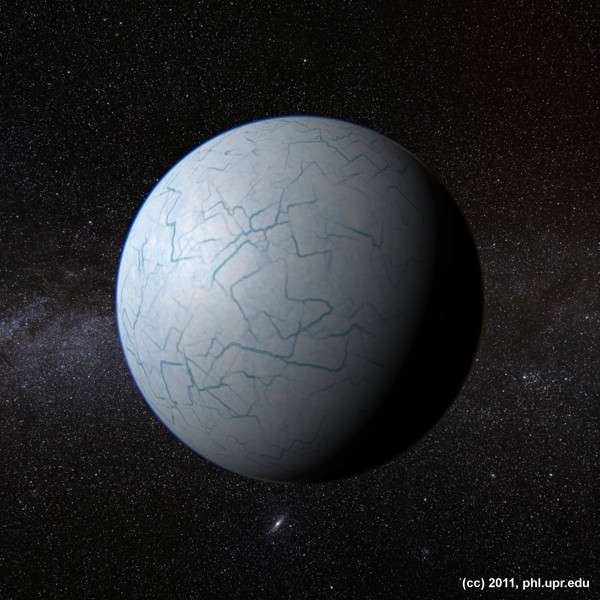
Cold Subterran: A Mars-size icy exoplanet.
A relatively unknown, but nonetheless interesting, tool that the Planetary Habitability Laboratory (PHL) created for this purpose is the Scientific Exoplanets Renderer (SER).

Hot Jovian: A Jupiter-size hot exoplanet.

Hot Neptunian: A Neptune-size hot exoplanet.
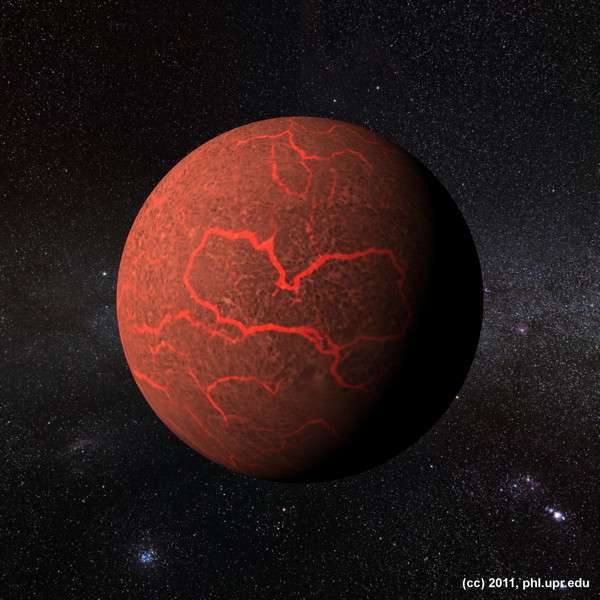
Hot Subterran: A Mars-size hot exoplanet.
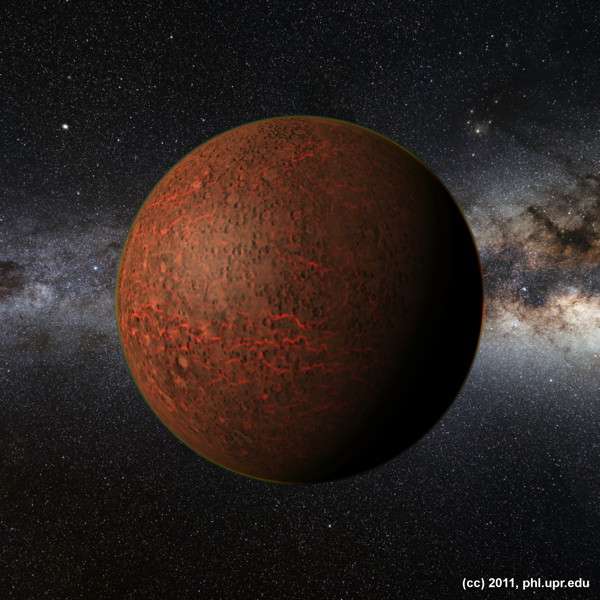
Warm Subterran: A Mars-size carbon exoplanet with a thin atmosphere.

Warm Superterran: Gliese 581 d.
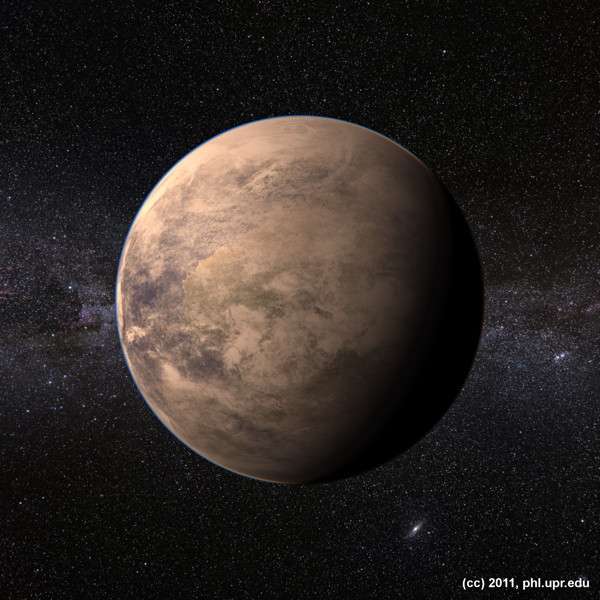
Warm Superterran: HD85512 b.
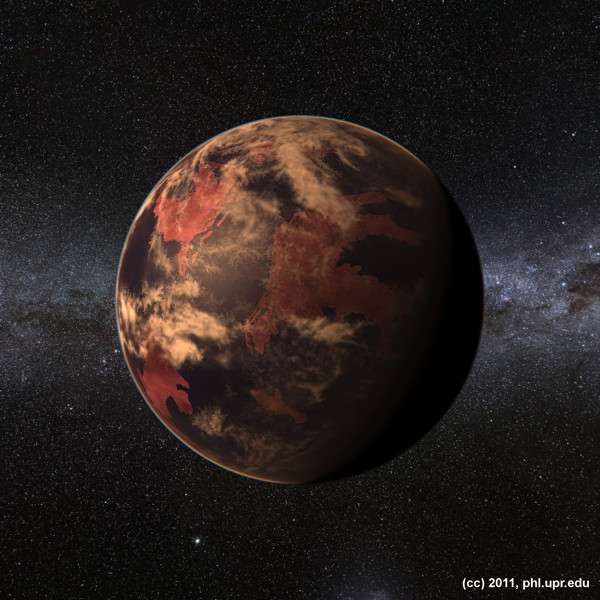
Warm Terran: A habitable exoplanet around a red dwarf.
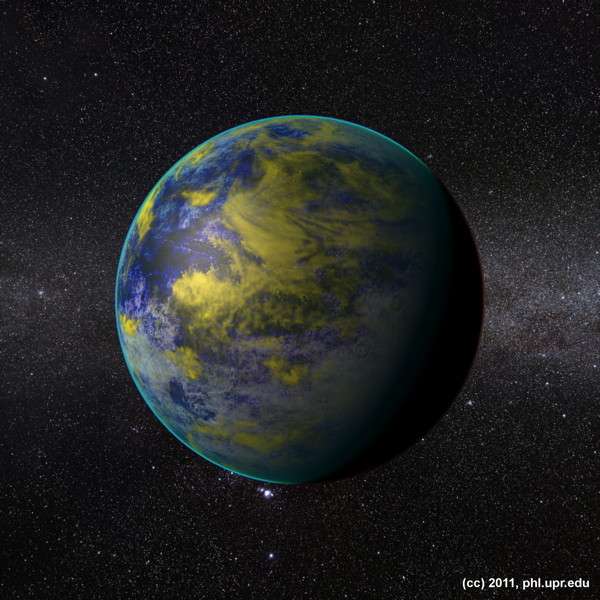
Warm Terran: A habitable exoplanets with lakes.
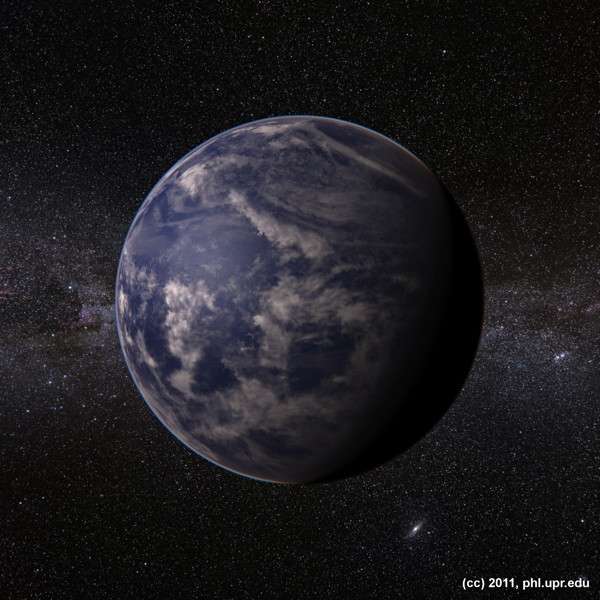
Warm Terran: An ocean planet.
Higher resolution versions (2400x2400) are available (see source below) as a single zip file.
Credits: the Planetary Habitability Laboratory at UPR Arecibo.
There are about 2300 exoplanets that are still waiting to be confirmed by the NASA Kepler mission. Some of these bodies are very Earth-like but are also much farther away from us than Gliese 163 and therefore will be nearly impossible to determine if they are really habitable worlds.
However, the statistical analysis of Kepler suggests that these planets are very common in the galaxy.
So, one should wonder now how these planets look like?

Cold Subterran: A Mars-size icy exoplanet.
A relatively unknown, but nonetheless interesting, tool that the Planetary Habitability Laboratory (PHL) created for this purpose is the Scientific Exoplanets Renderer (SER).

Hot Jovian: A Jupiter-size hot exoplanet.

Hot Neptunian: A Neptune-size hot exoplanet.
Its goal is to generate photorealistic visualizations of exoplanets. SER uses physical properties from exoplanets and their parent stars to generate possible scenarios for their visual appearance as seem from space. Many parameters can be adjusted based on estimates of their atmospheric and surface physics and chemistry.

Hot Subterran: A Mars-size hot exoplanet.
SER is specially designed to reconstruct Earth-like exoplanets, either rocky or ocean in nature, but it is also able to generate visuals for gas giants and stars. It includes the reconstruction of realistic atmospheric clouds motion and weather effects. A major strength of SER is its ability to recreate habitable planets.

Warm Subterran: A Mars-size carbon exoplanet with a thin atmosphere.
There are many scientific applications for SER besides the artistic and educational nature of visualizations. For example, it can be used to interpret and visualize results from General Circulation Models (GCM) of planets, reconstruct light-curves, albedo studies, and stellar transit simulations, including moons. Current test models of SER operate in the visual range but future developments will include the infrared.

Warm Superterran: Gliese 581 d.

Warm Superterran: HD85512 b.
SER was not designed as a real-time generator of planetary surfaces because it uses true optical physics for its rendering and this is a very demanding computational task. However, it can generate textures that can be later used in real-time applications and CGI animations.

Warm Terran: A habitable exoplanet around a red dwarf.

Warm Terran: A habitable exoplanets with lakes.

Warm Terran: An ocean planet.
Higher resolution versions (2400x2400) are available (see source below) as a single zip file.
Credits: the Planetary Habitability Laboratory at UPR Arecibo.
edit on 11-9-2012
by elevenaugust because: (no reason given)
new topics
-
Speaking of Pandemics
General Conspiracies: 1 hours ago -
Stuck Farmer And His Queue Jumping Spawn
Rant: 1 hours ago -
Paradox of Progress
Ancient & Lost Civilizations: 9 hours ago
7
